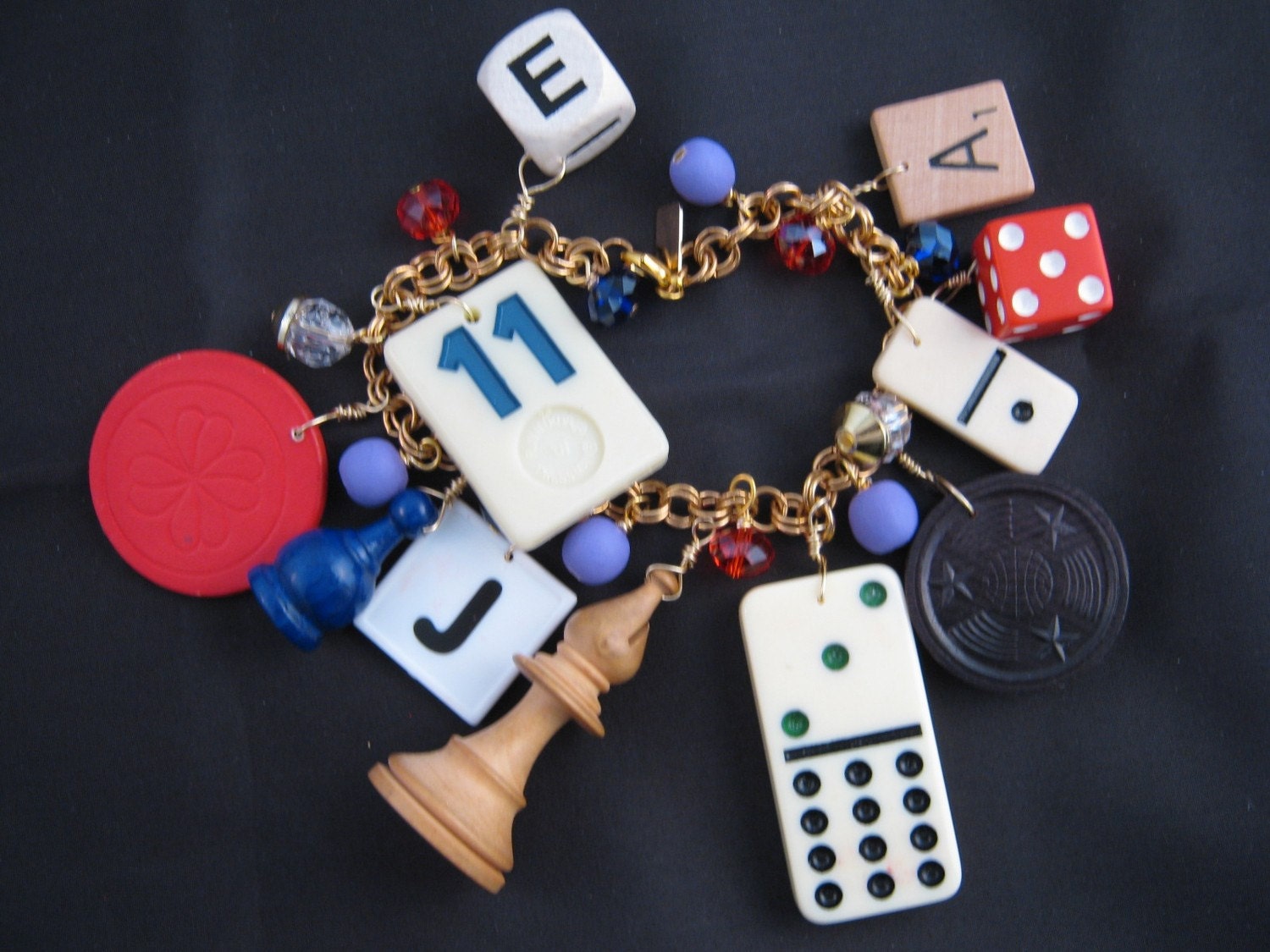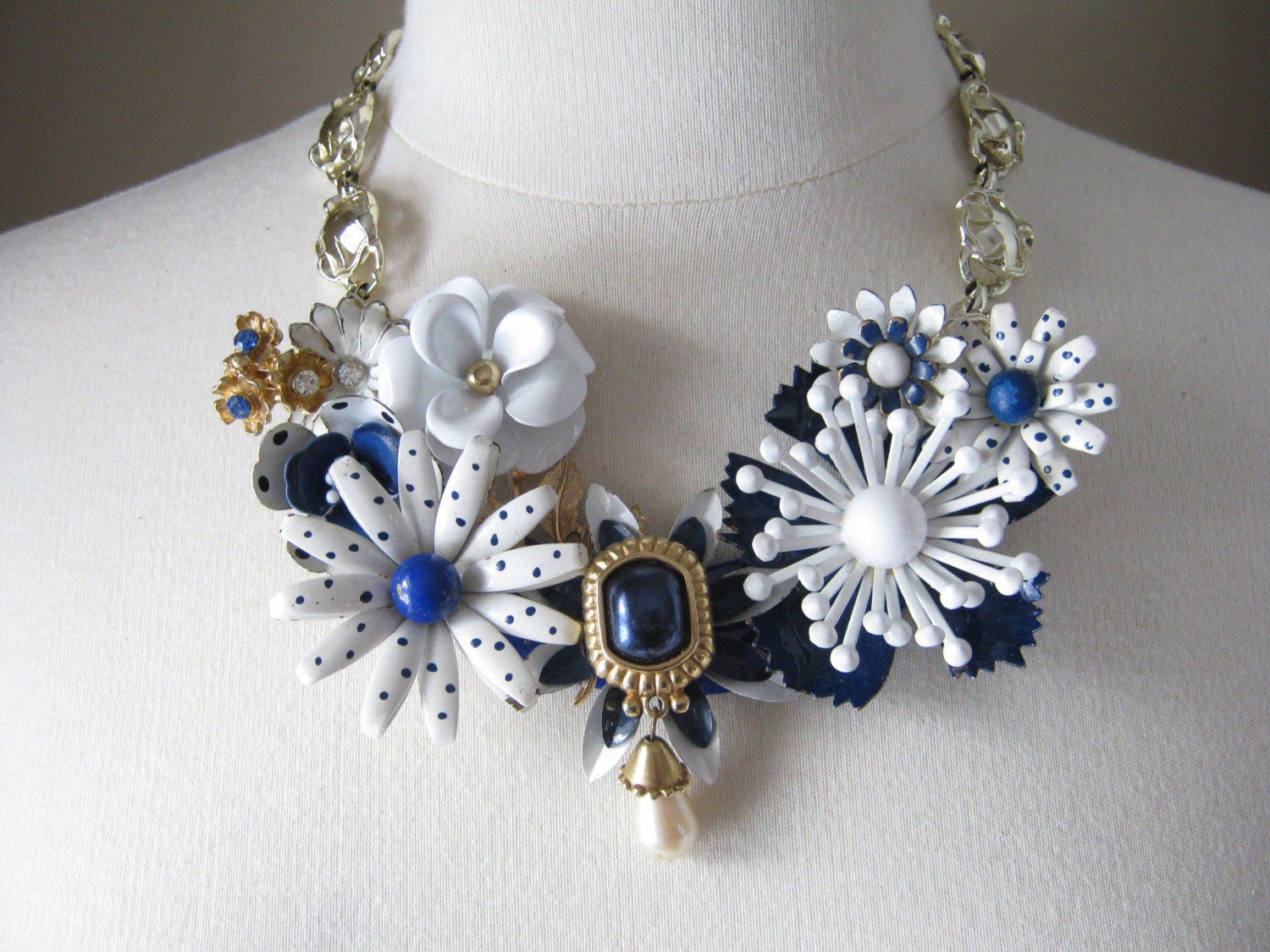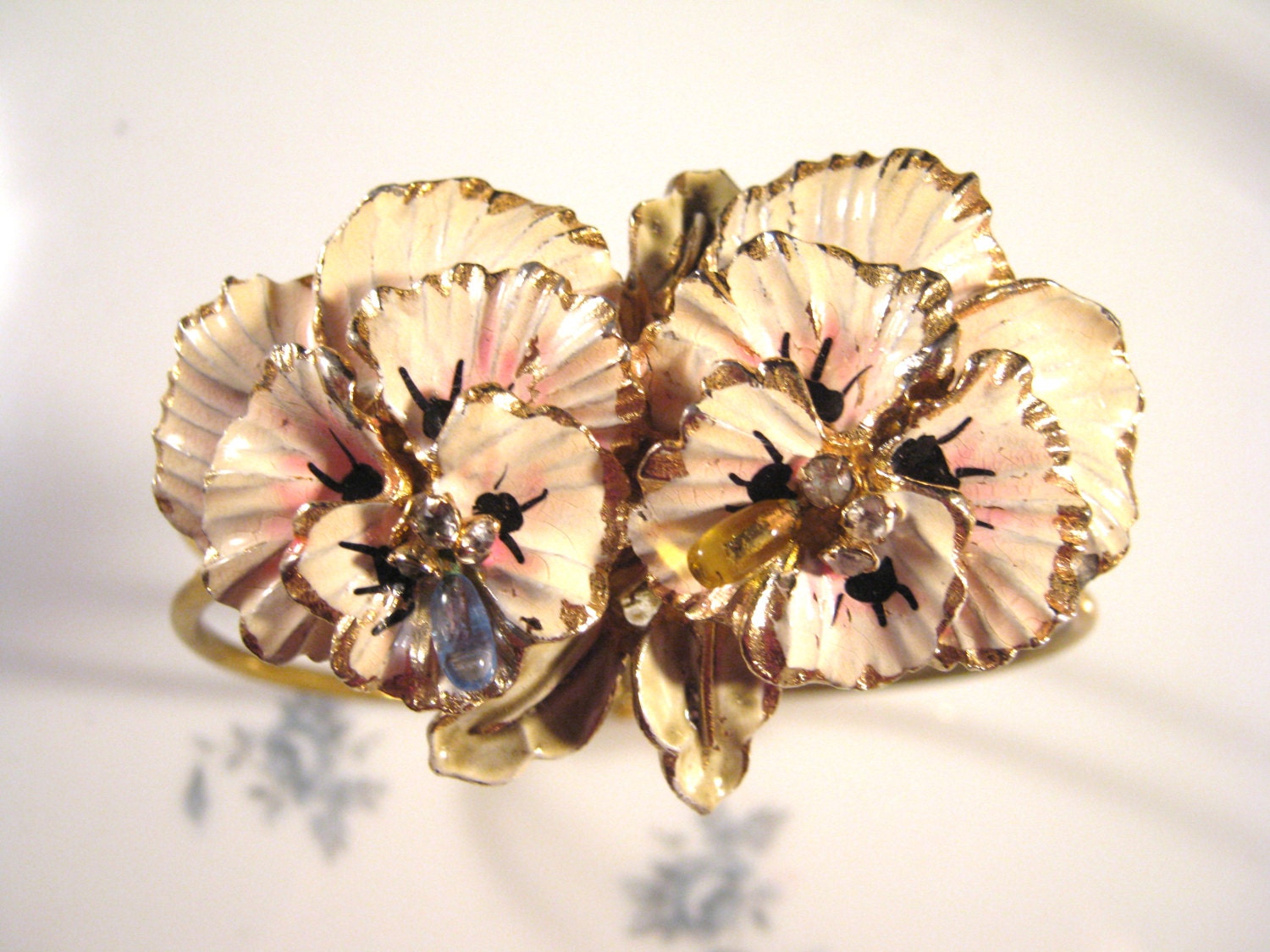Alex Katz is famous for having destroyed about a thousand of his own paintings while he tried to solidify his style. “There didn’t seem much reason to keep them. The positive thing was what I got out of the painting, not the paintings.” That was on top of an already-prestigious art education at Cooper-Union and Skowhegan.
That was in the 1950s and it runs deeply counter to our current zeitgeist. Today most artists document every stage of every painting on social media. I’m a product of my times and I like the way we work today. However, I did think about Katz recently while counseling a younger artist.
I’ve known G. since she was doing her master’s in art education at a private (and pricey) school in Rochester. She worked as my figure model. For her, grad school was a terrible career move. It didn’t translate into a job. Combined with her undergraduate bills, her loans ballooned to more than a quarter of a million dollars.
In response, she took the path of least resistance: becoming an economic non-entity. That was one thing when she was a carefree sprite, but now that she has a husband and a child, she wants to work legitimately. She will find this close to impossible in a nation with no secrets. There is a big hole in her work history from when she stopped working in the formal economy. In this age where new employees are subject to credit checks, her overwhelming debt makes her a non-starter.
(I’m seldom nostalgic, but there was something to be said for the past, when a person could hop a train and leave his youthful indiscretions behind. Today our histories are tattooed into some kind of master database. We can never escape them. Even the supposedly-judgmental God of the Bible is far more merciful than that.)
This is, of course, a personal disaster for G. In a way, it’s also a perfect opportunity. She has explored Etsy as a means to making money, but hasn’t had a lightning-bolt idea. Why not take the Alex Katz route and make art as a process of self-discovery? Art can be made with nothing more than a block of wood and a sharp knife. She has both, and lots more. I suggested that she produce and destroy many works. When she finds what she is looking for, doors will open; they always do.

A maquette from the days when I still had time to experiment. Not being able to make money in art is in some ways a great liberation.
I’m the last person to recommend that anyone drop out of the formal economy. But the need to be a productive member of society outweighs our requirement to follow rules.
A few brief mentions:
A reader pointed out to me that several studies have shown that some men do not change their underwear daily. Market research firm Mintel found that “one in every five males do not change their underwear on a daily basis.” UK retailer Marks & Spencer pegged that at around a third of men. And Clorox found that one in every eight guys wear their underwear multiple times between washings.
I’m not sure what she thinks I can do about it.
Remember my post about Britain scrapping the A-Level in Art History? There was such a public outcry that the course has been reinstated. As we were in the middle of an election here, I missed the news about how they mounted their protest. I can’t see art historians rioting at the Palace of Westminster; they’d be much too careful of the furnishings. But I’m sure glad they succeeded.





